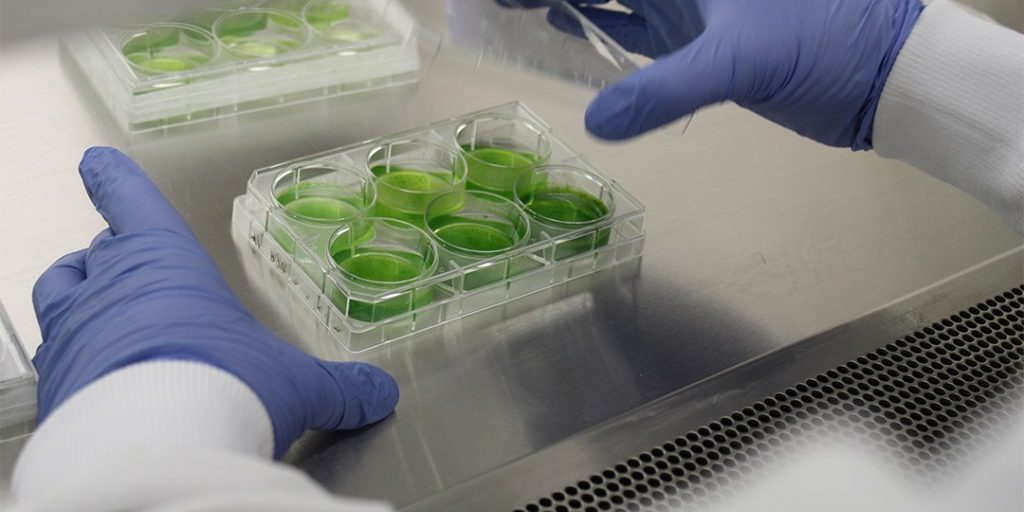Aberdeen Proving Ground, MD — U.S. military forces train to fight and win in any domain. Since water covers 71 percent of the Earth’s surface, Warfighters face numerous threats in that environment. With that thought in mind, scientists at the U.S. Army Combat Capabilities Development Command Chemical Biological Center (DEVCOM CBC) are researching methods of protecting Soldiers by detecting waterborne biological threats.
Among those biological threats are toxins produced by microalgae. According to DEVCOM CBC biologist Alena Calm, large stretches of coastline, lakes, and ponds around the globe are closed to commercial and recreational activity each year due to dangerous levels of toxin resulting from naturally occurring microalgae blooms. “Our Soldiers are deployed to about 150 countries around the world, and many of these areas will experience harmful algae blooms,” Calm said. “We need to know the potential toxins in any given area, how to detect them, and how to protect our Soldiers from potential exposure.”


